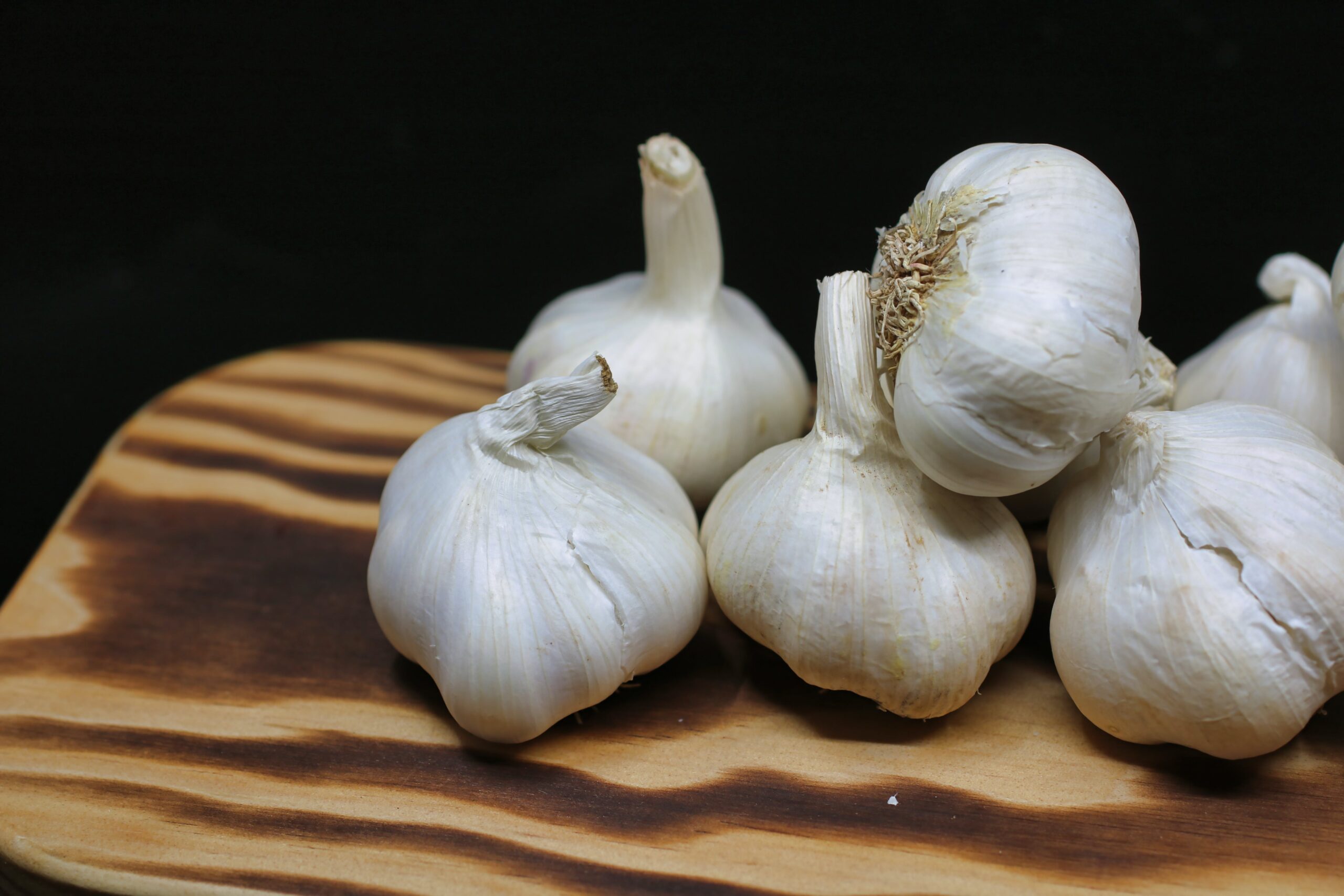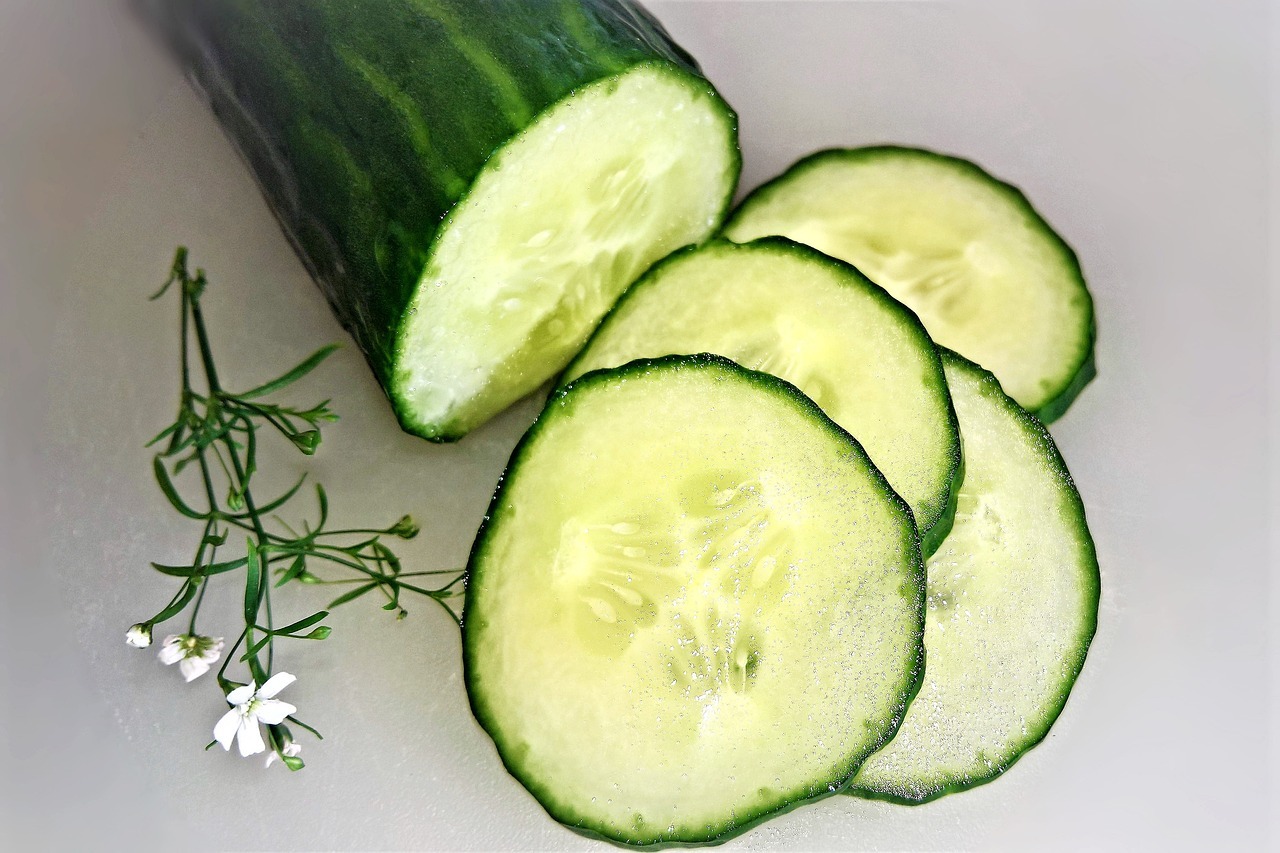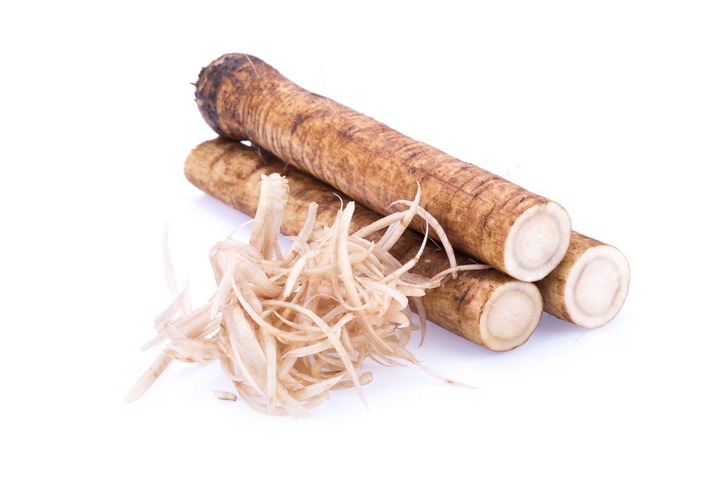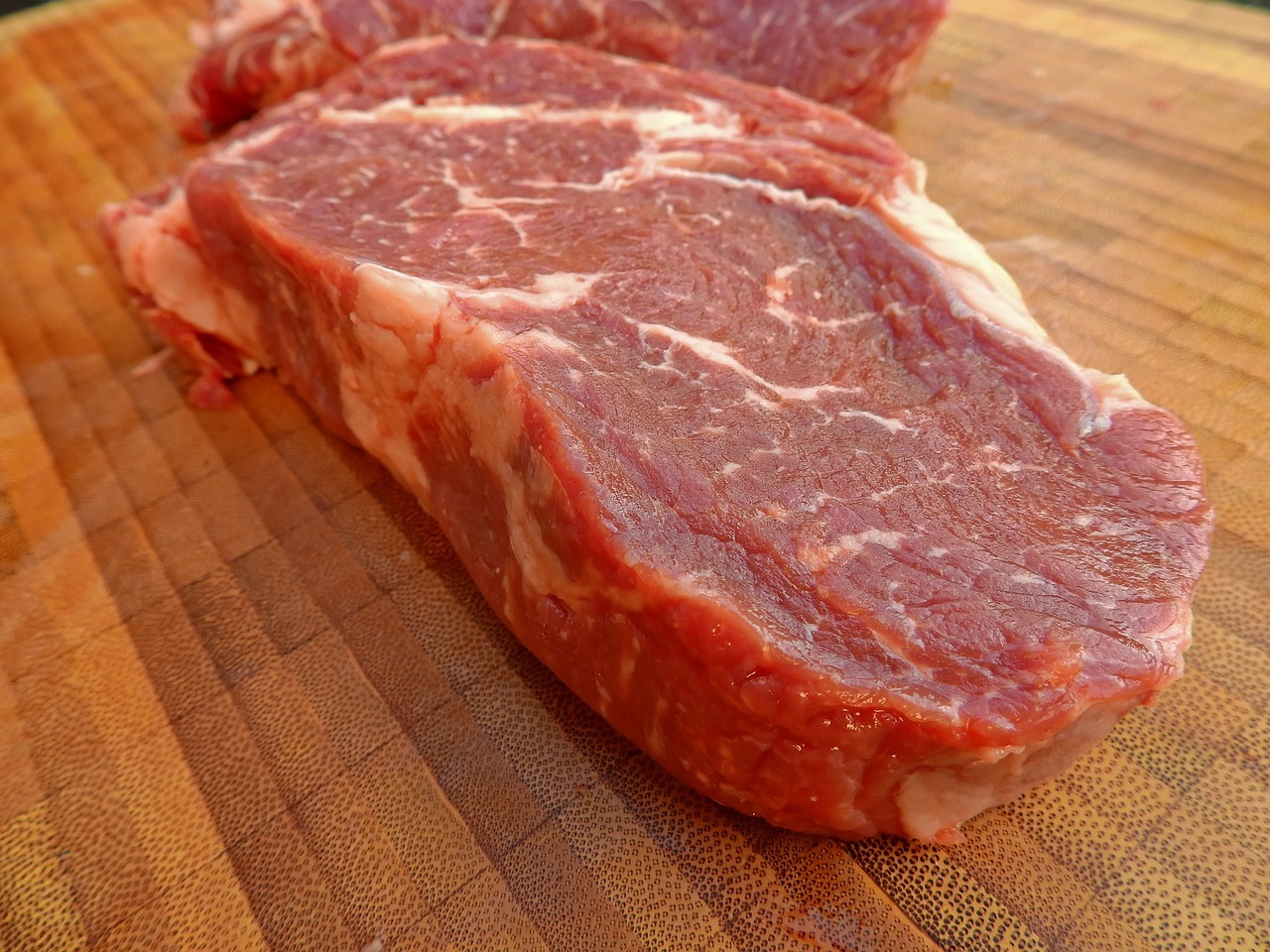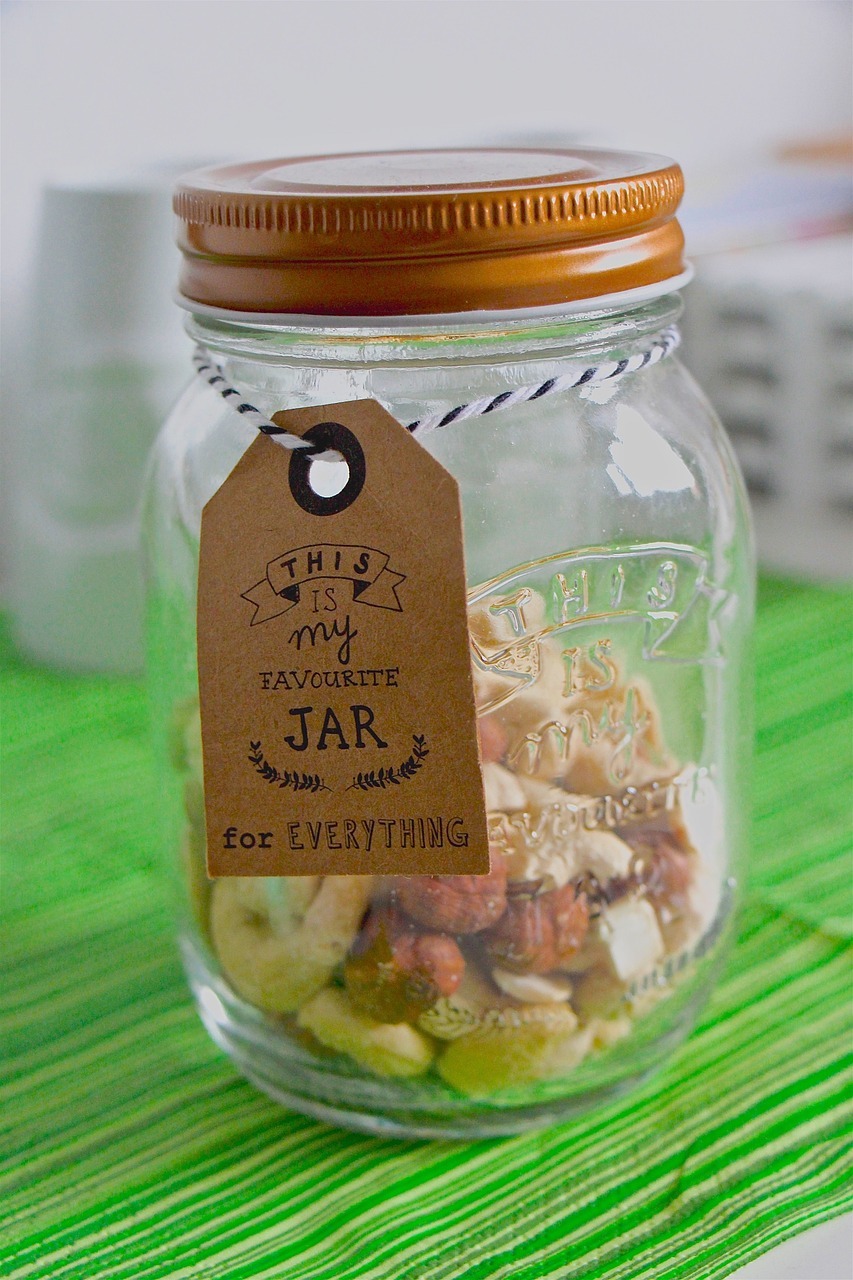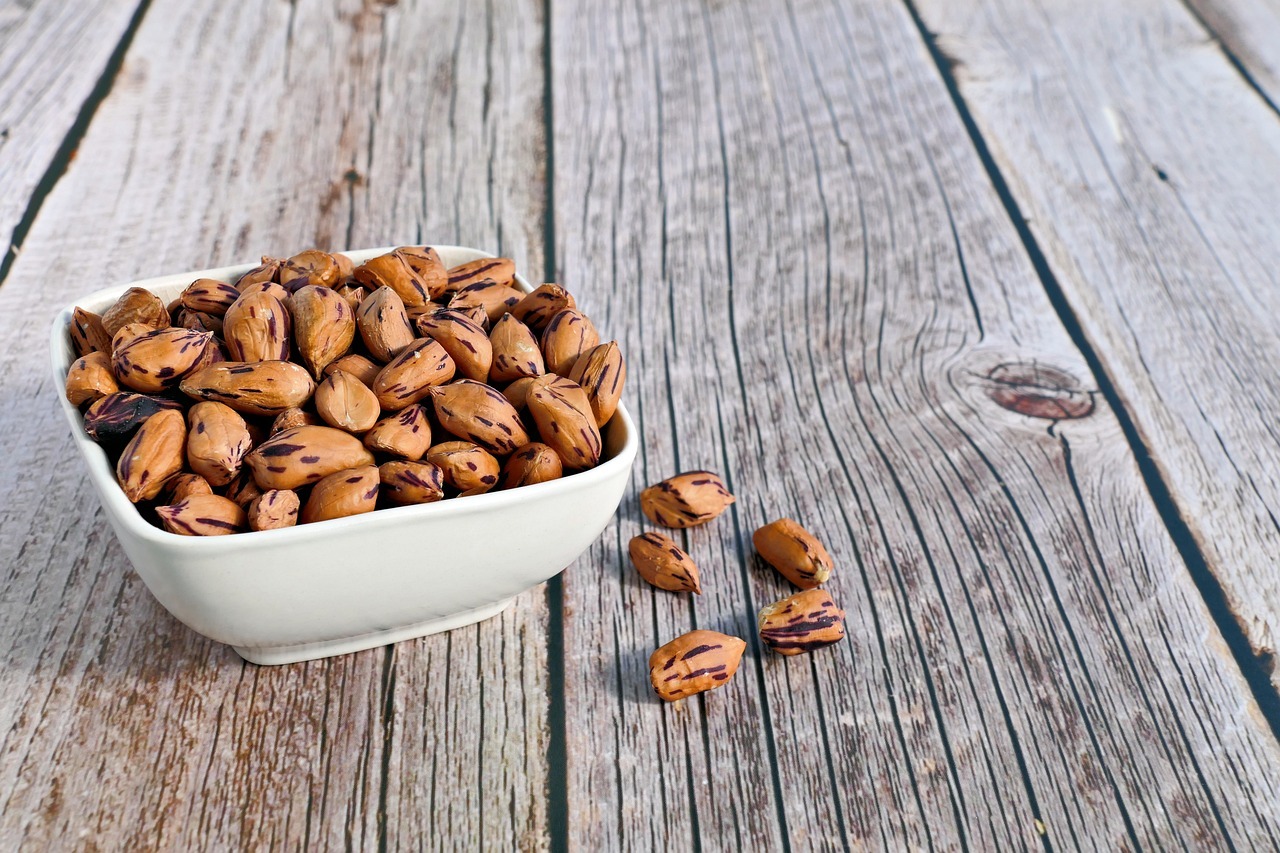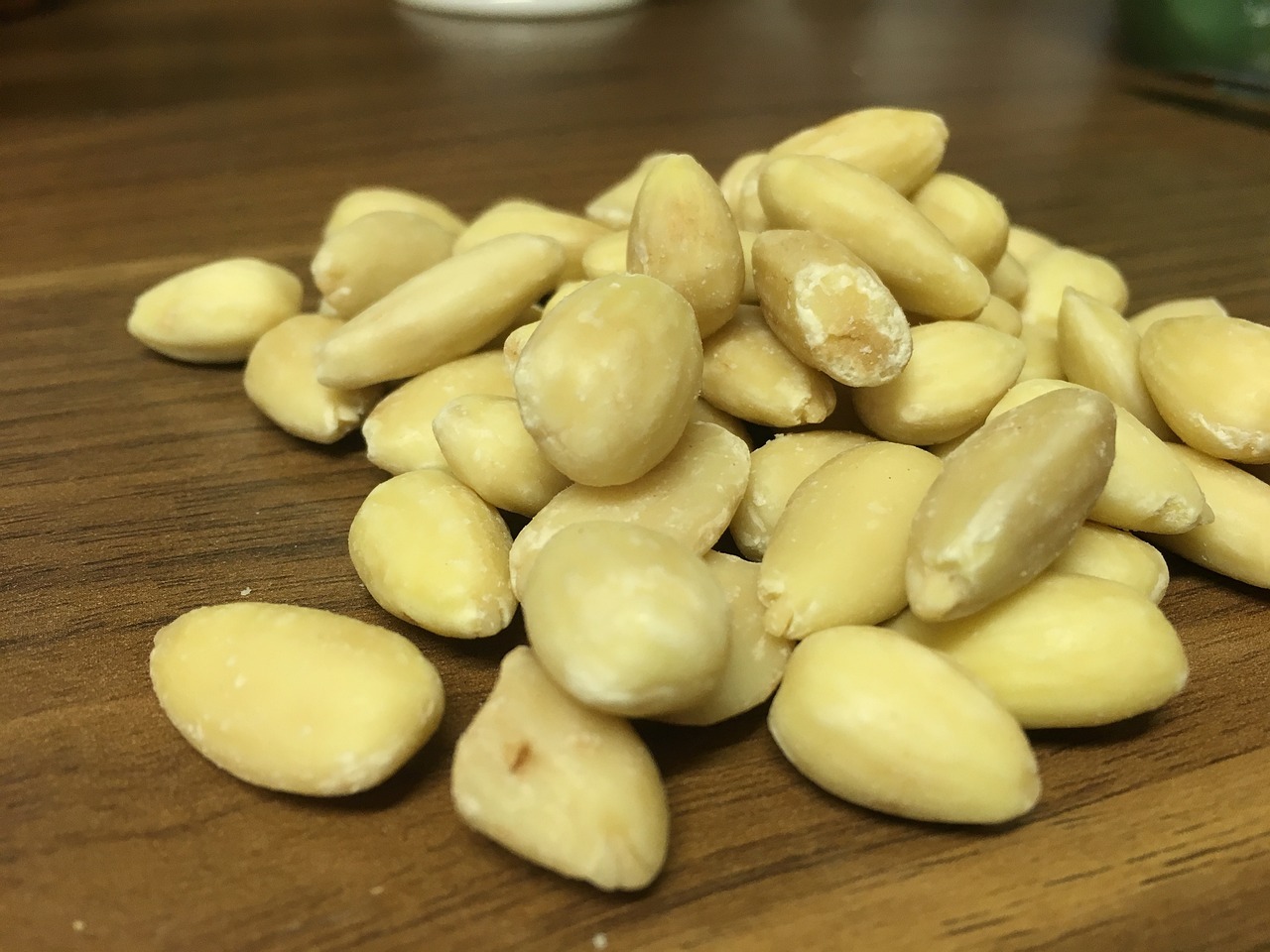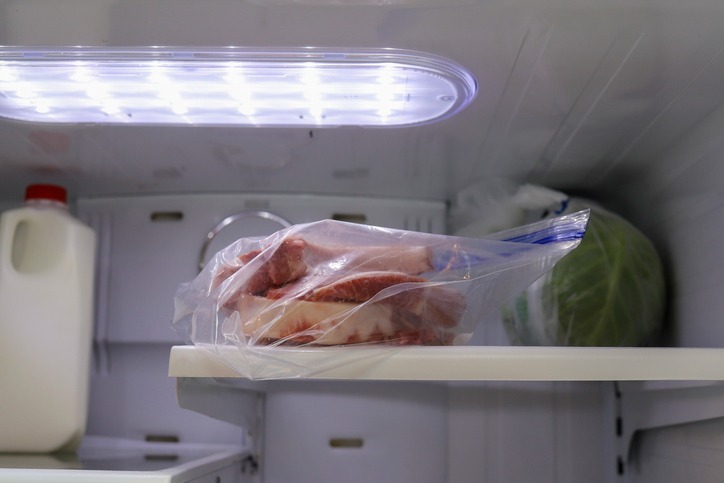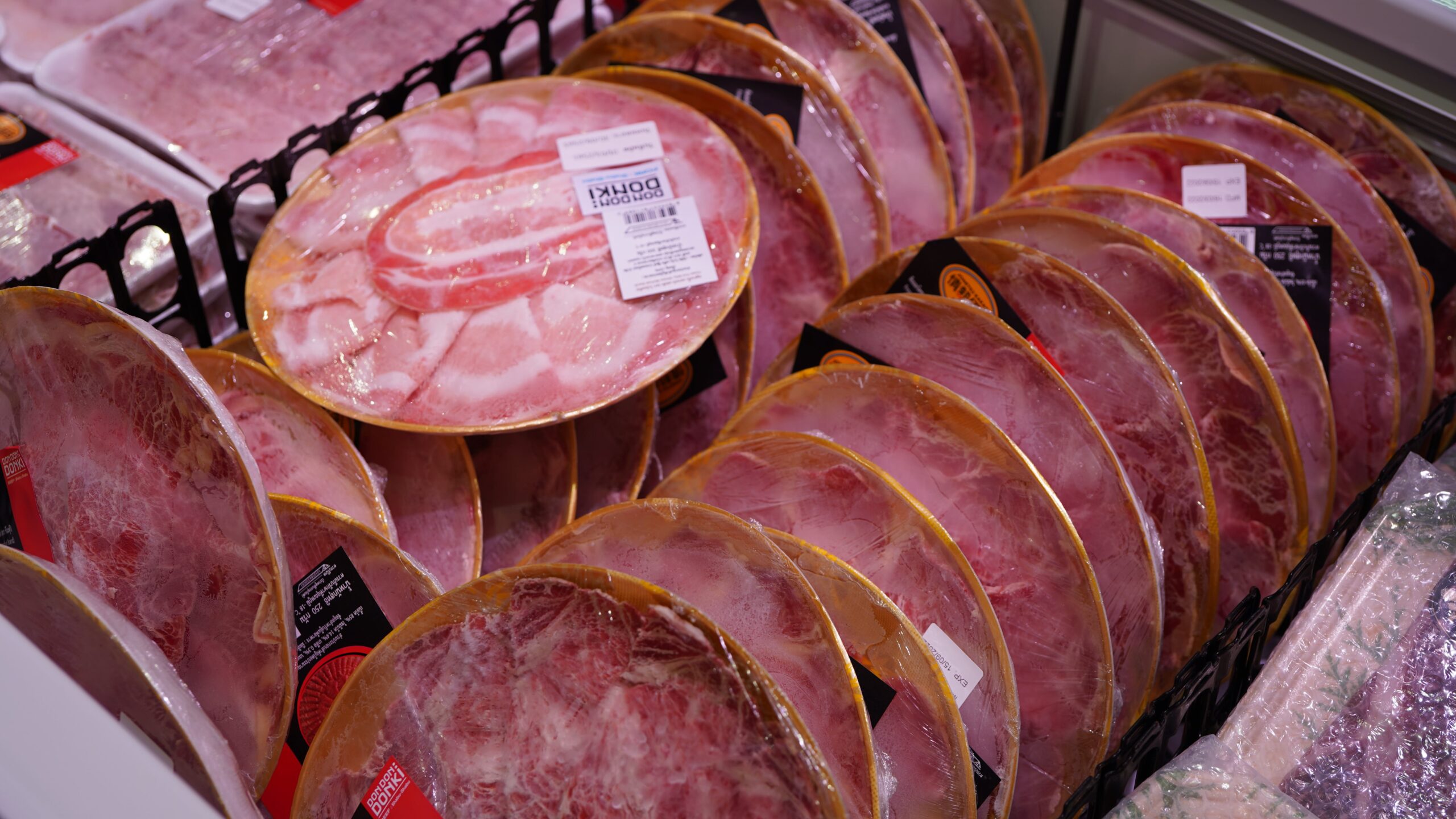Preparing Basic Ingredients Garlic
Peel and wash. Use the whole clove, or slice, shred or mince for seasonings. For garlic juice Add 1 teaspoon water to 4 or 5 cloves in a small sturdy bowl. Crush/smash the cloves in the water and mix. Let stand 10 minutes, then squeeze through fine cotton cloth. Source Source: The … Read more
